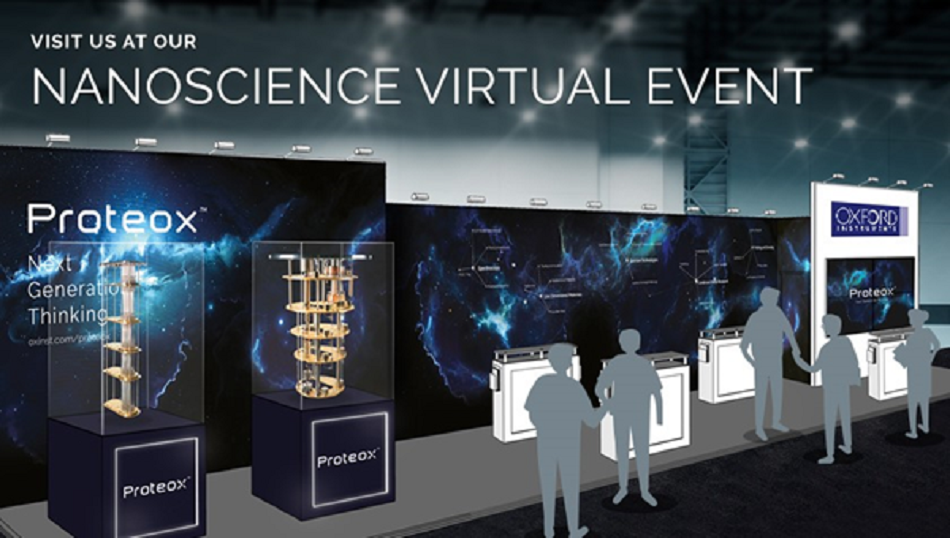
For spectroscopy applications at low temperatures in physical science, it is necessary to provide access for light at the chosen frequency and polarisation, especially for techniques that require optical excitation prior to or during the measurement. It is possible to successfully characterize the device, down to the lowest cryogenic temperatures, by choosing the right solution to provide low vibration, large open access (ƒ/1), short working distances and a uniform optical path.
Challenges
For the light to pass through the sample space, it is vital to fit appropriate windows to permit radiation to pass through the sample space, in addition to the proper optical access. This will require determining the type of window material and surface coating depending on the wavelength and intensity of the radiation and the environmental temperature. It also depends upon whether or not the light is polarised.
.jpg)
The Solution
For UV/Visible, Raman, FTIR, Fluorescence, Photoluminescence and THz applications, optical access is designed in such a manner that:
- The system ensures optimum transmission intensity
- It is not needed to realign the optics after each sample change
- It offers a wide range of interchangeable windows, depending on the experiments
No matter what the requirements for an experiment are, these solutions will allow superior optical access for quick and efficient characterization of the sample.
Solutions for Low-Temperature Optical Experiments
These compact optical cryostats for spectroscopy provide 5 optical windows (4 radial and 1 axial), thus offering f/1 access in a variety of different orientations. Further, all windows are easily exchanged in situ, in order to keep pace with variable experimental needs.
In addition, the Cryofree compact cryostats are equipped with f/1 and large clear optical access as a standard feature. This system offers a clear view of 28 mm diameter, thus allowing a large illumination area for measurements that involve the detection of low intensity light.
Finally, a wide range of window materials are available to suit different wavelengths, with the option of wedged windows and anti-reflection coatings as well.
Pathways - Optical Access
Solutions for Custom Engineered and Specialist Systems
In the case of certain specialist applications, optical and beam access into the cryogenic sample environment are required, coupled with high applied magnetic fields. For such applications, it is preferred to have large open angle access in both the horizontal and vertical plane of the measurement. Further, in certain specific cases, the presence of anti-reflective coating around the beam access helps maintain a higher quality of beam cleanliness. In such cases i.e. particularly for large open angle access magnet systems, former design is a key consideration. This is owing to significant forces generated across the coils during operation.
.jpg)
For polarization measurements, the symmetric and asymmetric coils enable the generation of fields with offset field center lines. To ensure minimal transmission losses, there needs to be a careful selection of window materials to suit the wavelength and type of beam. Moreover, with open angle, windowed and split ring former assemblies, optimal access to the sample region is ensured, which is balanced against former and coil size and weight.
In the case of diffraction, when observing the spatial structure of materials, X-rays and neutrons are scattered elastically so as not to exchange energy with the sample. Such a precaution includes small angle scattering for the study of surfaces and interfaces.
When it comes to spectroscopy, by observing the electronic and dynamic structure of materials, it is seen that X-rays, light and neutrons are scattered in-elastically. This enables the exchange of energy with the sample measuring atom and lattice dynamics, vibrational and rotational states as well as chemical species, both short and long lived.
Magnetometry on a microscopic scale is possible for muon spin research. This is similar in requirements to neutron scattering measurements, where local magnetic structure and hyperfine coupling are capable of being measured. These phenomena exist as dynamic phenomena and can be measured over time, as and when they vary.
Finally, the use of a polarized beam allows comparison of left and right polarizations, thus providing insight into spin species and magnetic behavior.

This information has been sourced, reviewed and adapted from materials provided by Oxford Instruments Nanoscience.
For more information on this source, please visit Oxford Instruments Nanoscience.